Using 3D printing to change lives
By MAS Team
Kiwis are known for their ingenuity and taking a number-8-wire approach to problems, and it’s no different when it comes to medical innovation. Here we meet some inspiring, entrepreneurial people who are using 3D printing processes to produce custom-made products with a profoundly positive effect.
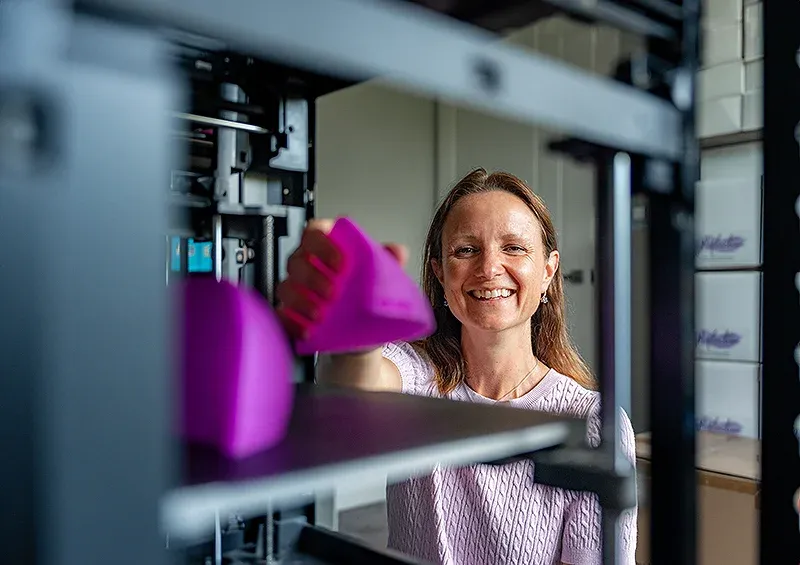
They say that necessity is the mother of invention and this is certainly true in the story of Fay Cobbett, her husband Tim Carr and their company myReflection.
Being diagnosed with breast cancer at 35 while raising a young family was a huge and heartbreaking shock for Fay. At first, she only required a lumpectomy, but the results soon showed that more cancerous cells were present and a full mastectomy was needed.
While the medical care she received at that time was excellent, afterwards things were not ideal. “I went to look for a prosthetic breast and all I could find was something very generic. It was not me at all, and the whole experience just made me feel uncomfortable. I thought, ‘I would rather be lopsided than go through that.’”
Fay says her husband Tim felt awful for her and wanted to help somehow. “He noticed that people would give me this odd little glance, thinking, ‘Something’s wrong with her, there’s a bit missing.’” Fay herself was stoic. “At that point it didn't bother me because I’d already done my tour of duty. I’d had surgery, chemo, lost all my hair – the lot.” Tim, however, wanted better for his wife, so he set about making it happen.
From an early age, Tim had always been interested in tinkering with technology. “As a little boy he used to play with these electronic kits,” explains Fay. When, as an adult, he found they were no longer available in shops, he started his own company, MindKits, and now sells them himself.
This same enquiring mind saw him become interested in 3D printing when it was still relatively new. “Tim saw the potential for where this could go,” says Fay. “So he got the New Zealand distribution rights for some 3D printers back then, and he’s kept up with the technology ever since.”

With a new challenge to solve, Tim got to work, using a Greek statue with a missing body part as a proof of concept. “He wanted to see whether he could take the breast form and actually create something from it, using 3D printing,” says Fay, “and it turns out he could!” They then teamed up with a colleague from MindKits to make a world-first product – a prosthetic breast that is modelled from the woman’s existing breast and matched precisely to the shape of her chest.
“To our knowledge, nothing like this has been done before,” says Fay. “We believe there's somewhere in the States and in Europe, but for the scan alone you're looking at thousands of dollars.”
And that’s another cool fact about their creations – they’re affordable for all. “One of Tim's biggest drivers was to make a product that would fit in with the New Zealand government subsidy for prosthetic breasts,” explains Fay.
myReflection now has clinics from Northland to Southland and production continues at pace. “I’m so proud that it’s made here – by New Zealanders, for New Zealanders,” says Fay. “And that it’s custom-made for each lady so that she can get her sense of self back. I love it when I hear ladies say, ‘I don't even realise that I'm wearing a prosthetic anymore’. It means you can actually just get on with the rest of life.”
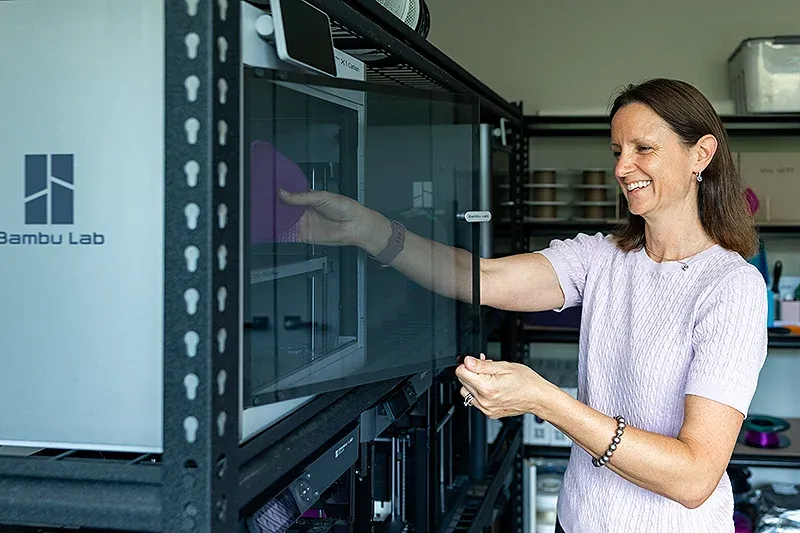
“We have a unique phone app that we use for the scan. It takes mere moments to complete, then all that data is securely sent back to us. The computed aided design (CAD) team takes it from there and uses the 3D printers to get the ‘test shell’ assembled. We send that to the lady, along with a little brochure that says what she needs to do.
“We suggest she tries it on with a couple of different tops, has a look in the mirror, maybe has a friend check it over with her as well. We want to make sure that it maps to her chest wall correctly, that it’s comfortable, and that it gives her a silhouette she's happy with. From there we can make any changes she needs.”
Tim Ganley became a MAS Member when he first graduated as a podiatrist nearly 30 years ago. In recent years, he’s been at the forefront of new technology that has drastically changed his field.
After working in private practice for over a decade, Tim became interested in making orthotics that could help a huge range of patients from people with musculoskeletal issues, to children with foot and lower limb pain, to diabetics who might otherwise be facing amputation.
As his skills and reputation for producing orthotics grew, he sold his practice and went into manufacturing them full-time. But it was a very different ballgame back then. “We used plaster of Paris bandage to cast the patient's feet and then that would get modified by hand. We’d then mould plastic and EVA materials to that, and grind the orthotic to fit the person’s shoe. It was a really time-consuming process,” he says.
Thankfully, new tech came along in the early 2000s that changed the game. Tim’s company, GO Orthotics, made a big investment in some CAD software from the US which meant they could now make digital models of the patient’s foot – and the messy days of plaster modification were over. “That allowed us to improve the accuracy of the product, and the process was more repeatable too,” explains Tim.
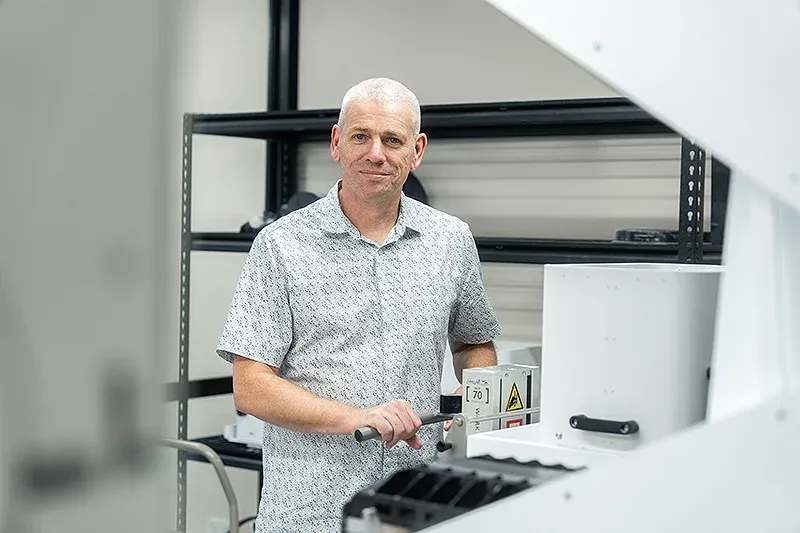
While the CAD technology had revolutionised the first steps of the process, another big breakthrough came onto the scene about 5 years ago in the form of 3D printing. As always, Tim was quick to move, purchasing two massive printers from offshore which have completely changed the way he and his team work.
“We can now print up to 35 pairs of orthotics in each printer, overnight,” says Tim. Then in the morning, the team finish the orthotics with additions specific to the patient, then they're ready. “I never imagined that we would be able to do that 10 years ago,” he adds. And the future looks good too, with Tim eyeing up even more products they could make across other areas of medicine.
While the process may be fundamentally different these days, Tim’s feelings about the business haven’t changed. “It’s really satisfying to be producing a product that can make a real difference to people's lives. We get some fantastic feedback when people say that because of the orthotics, they’re now able to do something they couldn’t do before.”
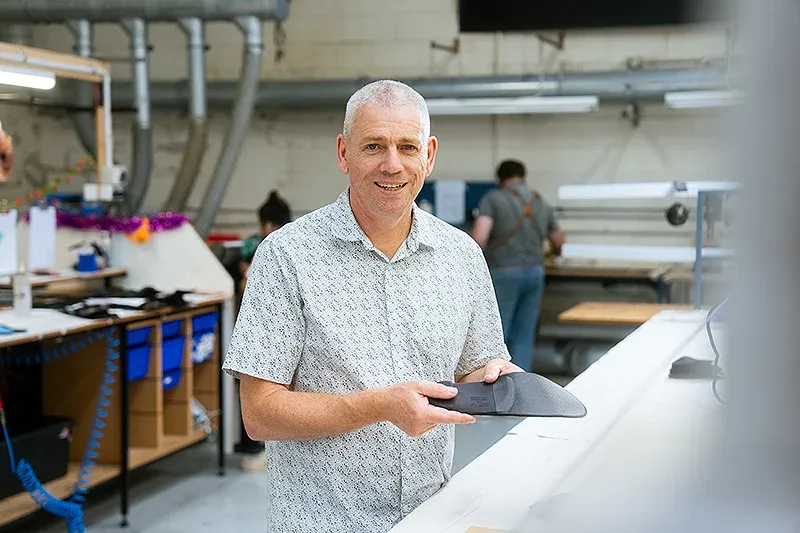
As well as making a better, more accurate product, Tim explains that moving to 3D printing has come with other benefits too:
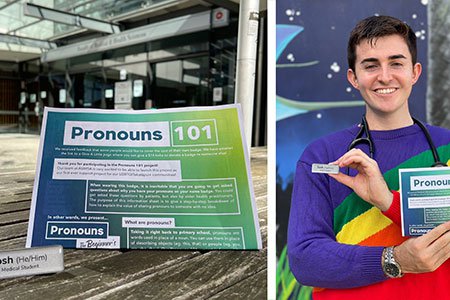
C.R.A.V.E. was awarded the MAS Here for Good Scholarship Group Award. Chairperson John McCormack details the LGBTQI+ volunteering that led him to co-found this exciting new kaupapa!
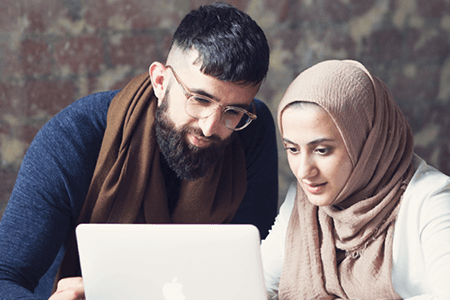
Bariz Shah, winner of the MAS Here for Good Scholarship, was asked to detail his volunteer activity and how this benefits him in life and in his chosen future profession.
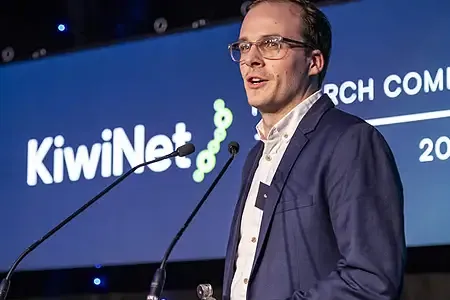
XFrame, a Wellington sustainable construction technology company, has recently won the MAS Commercialisation Impact Award at the KiwiNet Awards.